Humans news stories

In a recent study conducted in Canada, researchers have uncovered a potentially promising connection between the use of psychedelic mushrooms and a reduction in psychological distress, particularly among individuals who have experienced adverse childhood experiences. The study was published in the Journal of Psychoactive Drugs.
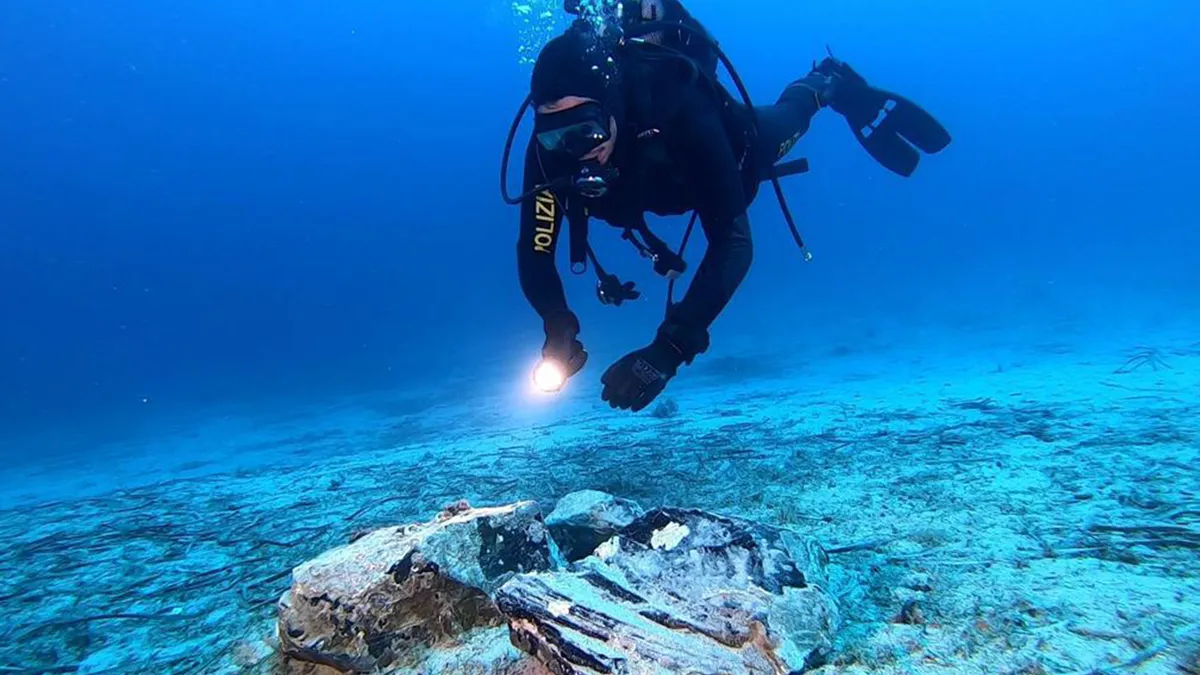
Divers off the coast of Naples, Italy have recovered a large chunk of chiseled obsidian that likely went down in a Stone Age shipwreck more than 5,000 years ago.
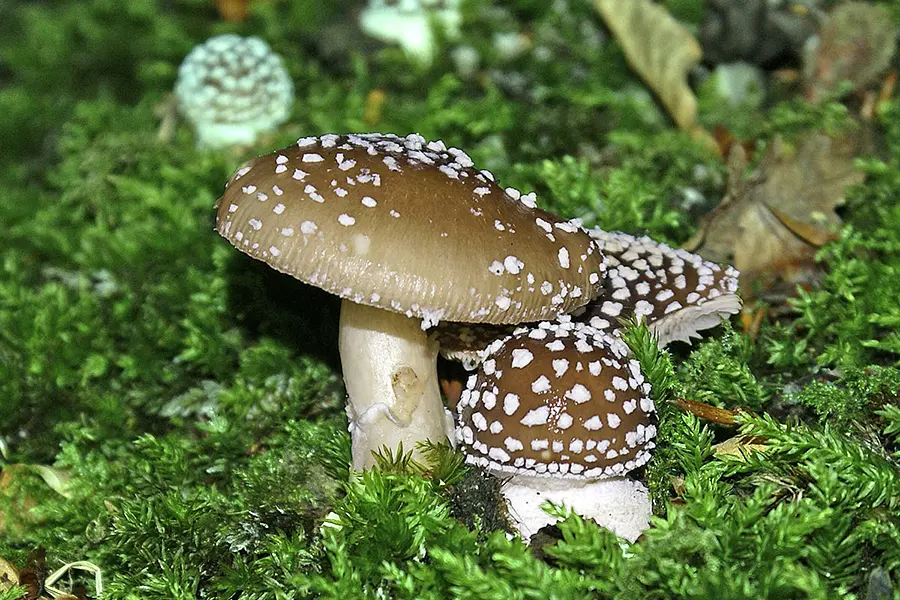
The Fly Agaric (Amanita muscaria) mushroom carries significant cultural mystique. It’s one of the most recognizable mushrooms and also one of the most well-known entheogens…. The Panther Cap is mysterious—little is said about it other than as a passing aside. But, the potent mushroom has as many reasons to merit discussion.

Hunter-gatherers from Mexico migrated into California more than 5,000 years ago, potentially spreading distinctive languages from the south into the region nearly 1,000 years earlier than previously thought, a new genetic study details. See the study here.
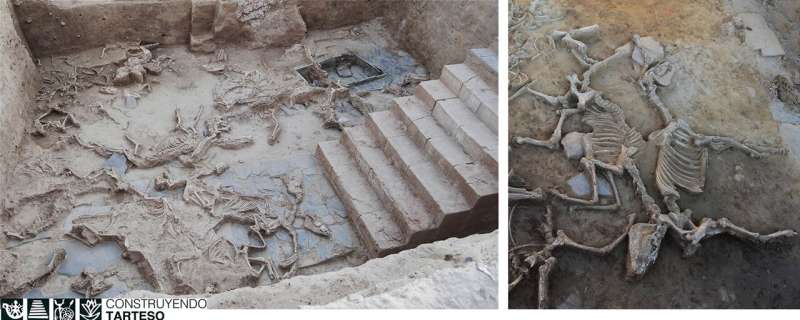
Archaeological sites with evidence of major animal sacrifices are rarely known from the Iron Age of the Mediterranean region, and there is a gap between information offered by written sources and by the archaeological record. This makes it difficult to establish a clear understanding of the patterns and protocols of this practice. See the study here.
Recent research has shown that engravings in a cave in La Roche-Cotard (France), which has been sealed for thousands of years, were actually made by Neanderthals. This research was performed by Basel archaeologist Dorota Wojtczak together with a team of researchers from France and Denmark, whose findings reveal that the Neanderthals were in fact the first humans with an appreciation of art. See the research here.
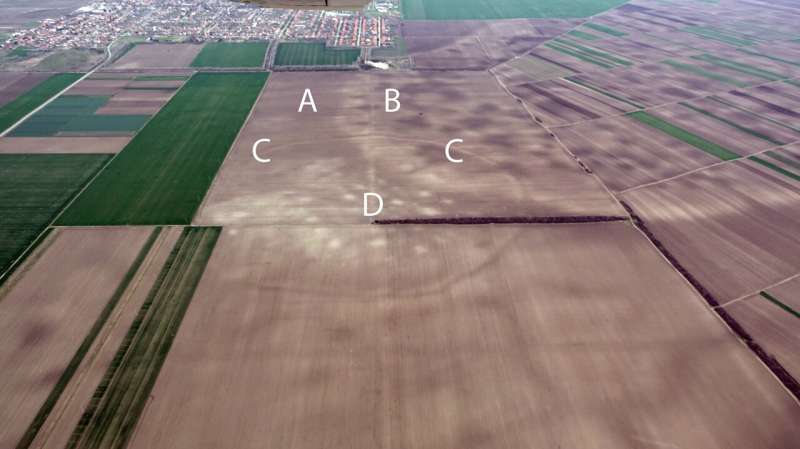
Archaeologists from University College Dublin, working with colleagues from Serbia and Slovenia, have uncovered a previously unknown network of massive sites in the heart of Europe that could explain the emergence of the continent’s Bronze Age megaforts—the largest prehistoric constructions seen prior to the Iron Age. See the research here.

A three-month study of participants in ayahuasca rituals found that these individuals self-report small decreases in narcissism after these ceremonies. However, reports from the participants peers did not corroborate these changes. The study was published in the Journal of Personality Disorders.
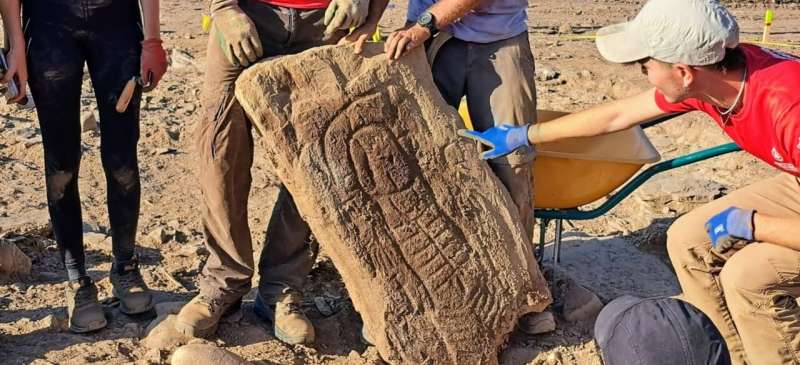
The excavation, taking place in the 3000-year-old funerary complex of Las Capellanías, in Cañaveral de León, Spain, uncovered a stela depicting a human figure with detailed face, hands and feet, a headdress, necklace, two swords and male genitals.
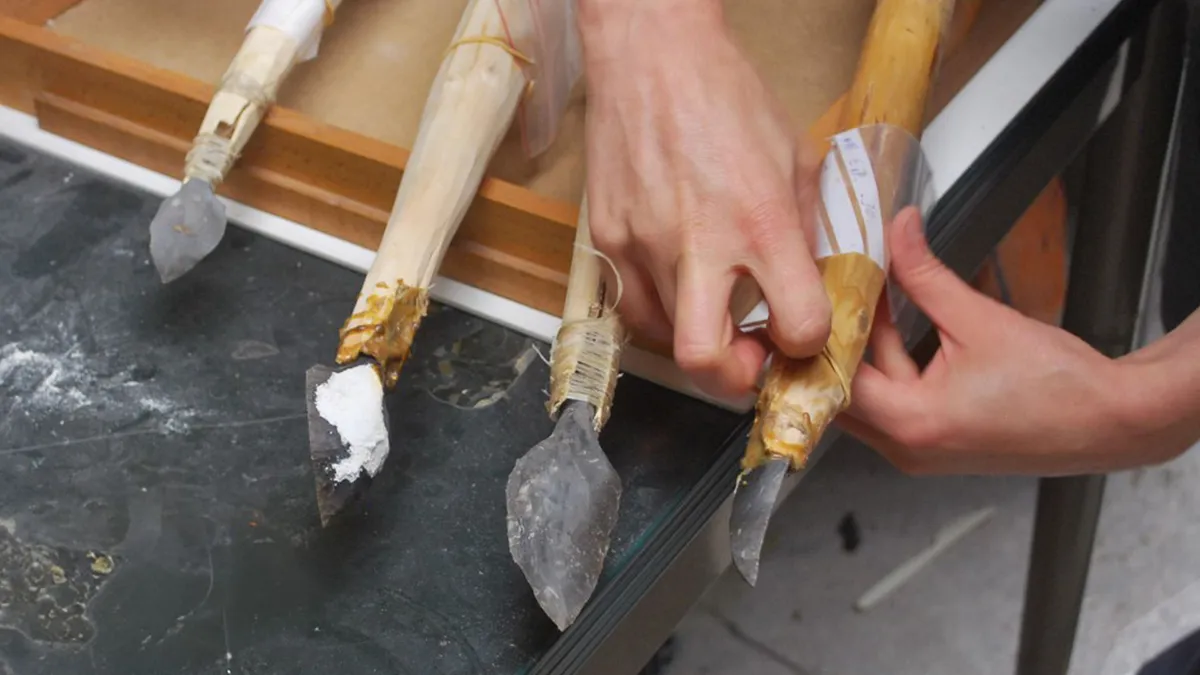
Stone Age people in Belgium were hunting with spear-throwers more than 30,000 years ago — the earliest known evidence of such a weapon in Europe, a new study suggests.

A secret text has been discovered in Türkiye, scattered among tens of thousands of ancient clay tablets, which were written in the time of the Hittite Empire during the second millennium BCE.
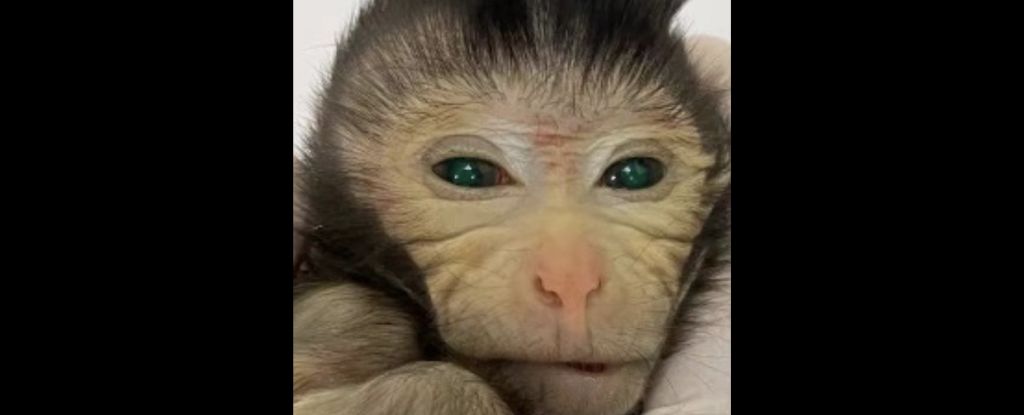
Scientists in China have announced the birth of a primate like no other, with eyes that shined green and fingertips that glowed yellow – and those were just the observable features. The study was published in Cell.
Using the James Webb Space Telescope, an international team…has discovered the most distant barred spiral galaxy similar to the Milky Way that has been observed to date. The research, published in Nature, was led by scientists at the Centro de Astrobiología in Spain.
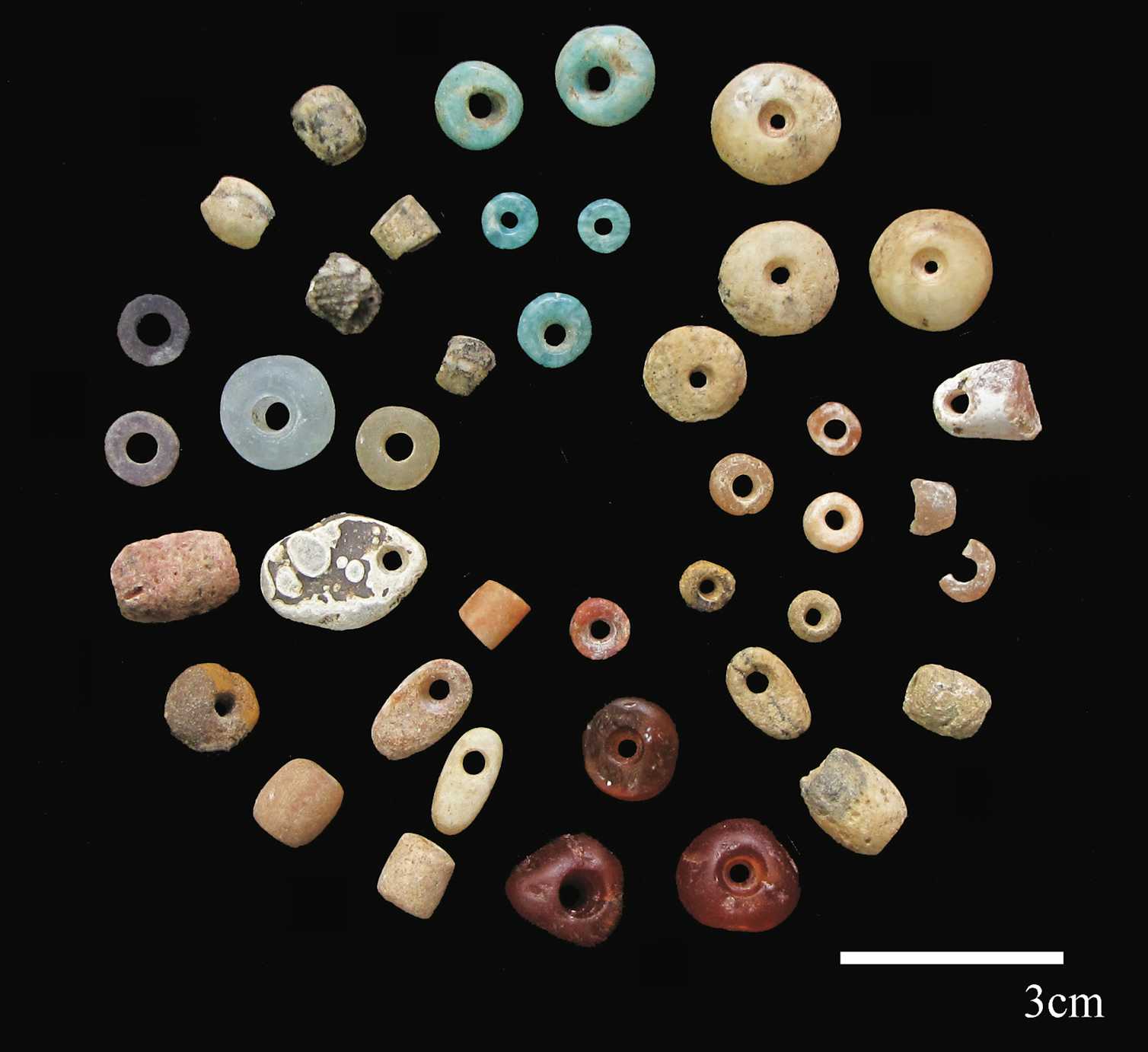
On the shores of Lake Turkana in East Africa, about 5,000 to 4,000 years ago, pastoralists buried their dead in communal cemeteries that were marked by stone circles and pillars.
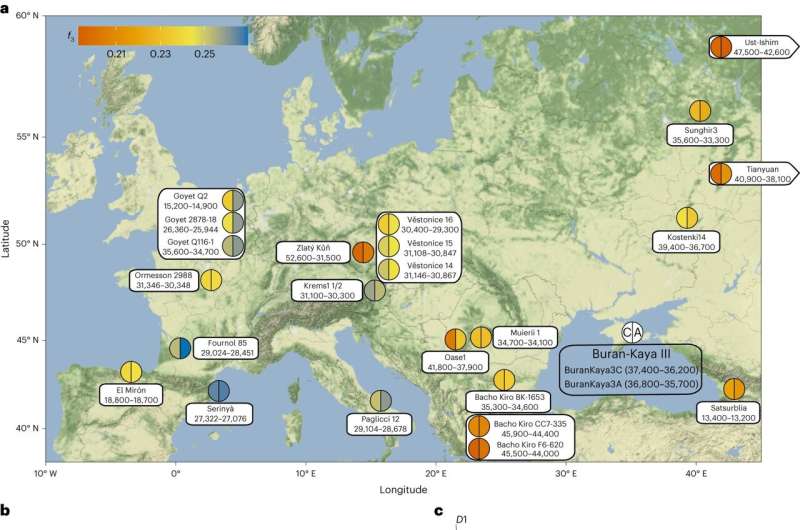
Published in Nature Ecology & Evolution, the new study analyzes two skull fragments dating back between 37,000 and 36,000 years to conclude that our ancestors came from Eastern Europe and migrated westwards.
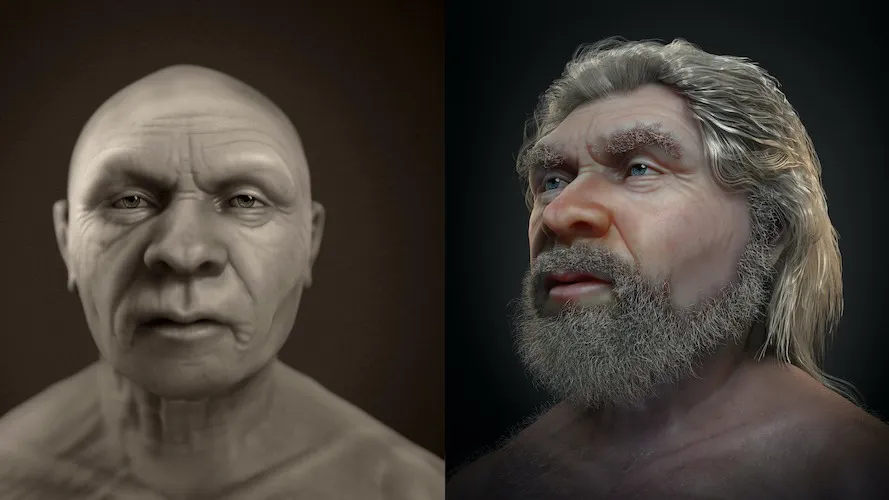
A new facial reconstruction depicts a Neanderthal whose skeleton was found by priests in a French cave.








